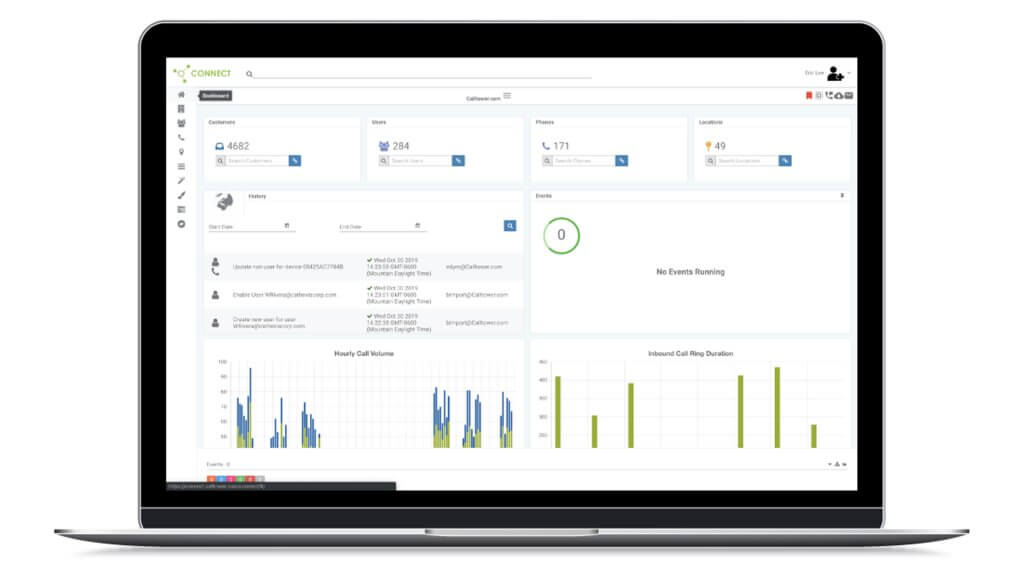The app market is developing faster than before. With over 23 million applications in the App Store and Google Play, you may only wonder how many people are creating them. With the appearance of low-code programs, AI app development companies, and app builders, more and more people want to try it. So, whether you’re a professional developer or just a business owner, you may want to craft unique and user-friendly applications.
Application Market: What Trends to Consider
In 2025, 25% of all applications will be created with the help of low-code or no-code platforms. This shows how app creation is expanding — not only professional developers but also ordinary people want to craft their own programs. And why not when it is much cheaper, faster, and offers more creativity?
But it has also led to a problem — with so many amateur programs, how do you find a good one? Which examples should you focus on and repeat? See how to leave your imprint on this arena and avoid 8 beginner mistakes.
Don’t Let These 8 Mistakes Ruin Your App
Now, let’s examine the potential pitfalls. But don’t worry — even professionals do them sometimes. Be ready to accept criticism, and stay tuned.
Building an App Without a Clear Goal
Imagine building a house without knowing if it is an industrial building, a multi-storied house, or a country cottage. That’s what happens when you build an app without a particular goal. Sure, you have some idea in mind — for example, it is a fitness application. But ask yourself several questions:
- What problems does it solve?
- Who is my target audience?
- What differentiates this app from others?
- Why should people download and try it?
A well-defined purpose will guide every step of the development process. Moreover, it breaks a creative block.
Ignoring User Needs
Young developers often fall in love with their ideas — a concept that seems fresh and unique. However, no concept will work if the audience doesn’t need it. Conduct market research, gather insights, and be prepared to adapt. If you lack a budget for full research, just ask your friends to test the product.
Neglecting UI or UX
User interface and user experience are equally important and only work together. Many designers create unusual visuals and interactive elements in their apps to impress the customer. They’re nice, but don’t they distract people? Can your user find a needed button straight away? Always consider usability and appearance, and don’t sacrifice one for another.
Choosing the Wrong Platform
Low-code builders have shown us that choosing a platform is less necessary than before. However, you should understand which platforms and languages are best for your needs. Some offer more functions, some are versatile in terms of design, and others are beginner-friendly. Don’t focus on what’s popular — it’s better to focus on which platform is easiest for you.
Underestimating the Power of Testing
Imagine launching your app only to discover a critical bug at the worst possible time. Such a situation may even ruin the reputation of a large company — not to mention a small developer. Test on different devices, try different user profiles and examine different scenarios. The best idea is to hire testers and gather their insights. However, if you don’t have resources, conduct research on your own.
Forgetting about Marketing
Building an app is only half the battle. You need users and a strategy to reach your target audience. Moreover, promoting an app is more complicated than promoting a website or a social media page. You must convince people to download the app before trying it. Use various channels and strategies, such as ads, social media posts, App Store optimization, etc.
Neglecting User Feedback
After launching your app, you’ll find pitfalls and weak points anyway. Be ready because even large corporations fix their programs after the final launch. However, they gather feedback from their users. Ask users directly — people are often ready to give some feedback. Also, implement tracking tools that analyze user behavior.
Ignoring Updates
The tech world is constantly developing, and so should you. Don’t let your application become outdated. Regularly check for bugs and security issues. Analyze rivals to see what new trends appear on the market. Staying up-to-date improves your app and makes people want to stay and see what’s new.
So, what makes a good app? Good UX and AI, goal-matching, and something different from rivals. No machine or large company can do that — creativity and innovation must come from you. Follow your path, but know what mistakes can ruin your project at the very beginning. Although you cannot completely prevent them (don’t even try), you can manage some common pitfalls in advance and pave your way to a popular software application.





















